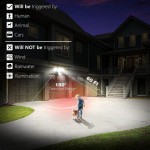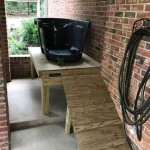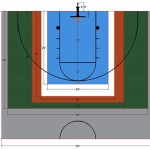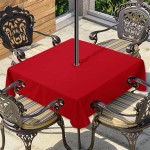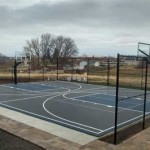NRA Outdoor Shooting Range Design Plans
Designing an outdoor shooting range requires careful planning and consideration of various factors to ensure safety, environmental impact, and user experience. The National Rifle Association (NRA) offers comprehensive resources and guidelines for designing and constructing safe and responsible shooting ranges. This article will delve into key aspects of NRA outdoor shooting range design plans, highlighting considerations for layout, safety features, environmental protection, and accessibility.
Range Layout and Configuration
The layout of an outdoor shooting range is crucial for safety and functionality. It should be designed to minimize the risk of ricocheting bullets and ensure a safe backstop. The NRA recommends a minimum distance of 50 yards between the firing line and the backstop for rifle ranges, with longer distances for higher-caliber firearms. The range should be configured to accommodate various shooting disciplines, including pistol, rifle, and shotgun. This may involve creating dedicated lanes for each discipline with appropriate target stands and shooting benches.
The range's design should also consider the surrounding terrain, including the presence of natural obstacles like trees or hills. These features can be used strategically to enhance safety by creating natural barriers for projectiles. Additionally, the design should incorporate adequate lighting for safe operation during evening or night hours. Sufficient lighting is essential for target identification and aiming, reducing the risk of accidental injuries.
Safety Features and Considerations
Safety is paramount in outdoor shooting range design. The NRA emphasizes the importance of incorporating safety features that minimize the risk of accidents. These features include:
- Backstops: Solid and durable backstops are essential for stopping projectiles and preventing them from escaping the range. The backstop should be constructed of materials capable of absorbing the impact of projectiles, such as earthen berms, steel plates, or a combination of both.
- Range Baffles: Baffles placed along the sides of the range are designed to deflect projectiles that miss the target. These baffles should be made of materials that can withstand the impact of bullets, such as steel or concrete.
- Safety Zones: Designated safety zones should be established around the range to prevent unauthorized access and ensure safe operation during activities. These zones should be clearly marked and enforced to prevent accidental entry.
- Range Rules and Signage: Clear and concise rules for range use should be posted prominently throughout the facility. Signage should include warnings about potential hazards, safety procedures, and range regulations.
Environmental Protection and Sustainability
Outdoor shooting ranges have the potential to impact the surrounding environment, particularly through lead contamination from spent ammunition. The NRA encourages environmentally responsible range designs that mitigate these impacts. This includes implementing practices to capture and dispose of lead safely, such as using lead-catching devices in the backstops or employing lead-free ammunition.
Sustainable practices can also be integrated into range design, such as incorporating native vegetation to help control erosion and provide habitat for wildlife. This approach can contribute to the preservation of natural resources and minimize the range's ecological footprint.
Accessibility and User Experience
Accessibility is crucial in any public facility, and shooting ranges should be designed to accommodate people with disabilities. This includes providing accessible parking, walkways, and shooting benches for individuals with mobility impairments. Additionally, range design should consider the needs of individuals with visual impairments by providing adequate lighting and contrast for optimal target visibility.
The user experience is another important factor in range design. Comfortable and ergonomic shooting benches, clear line of sight to targets, and amenities like restrooms and water fountains enhance the overall experience for visitors. This ensures a welcoming and enjoyable environment that encourages participation in the shooting sports.

Outdoor Shooting Range Construction Nra Specifications

How To Build A Outdoor Home Shooting Range Diy
Range Design Construction Guidelines

Shooting Areas Forks Club

Shooting Range Wikipedia

How To Build A Outdoor Home Shooting Range Diy

Armed By Architecture How Better Design Got Me To A Gun Range Nra Family

Gun Range System Design Planning Construction Inveris

A Complete Guide To Building Your Home Shooting Range Silencer Central

How To Build A Outdoor Home Shooting Range Diy
Related Posts



